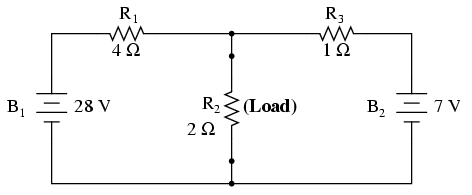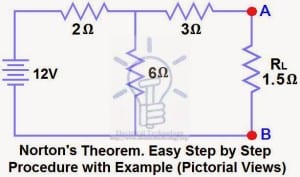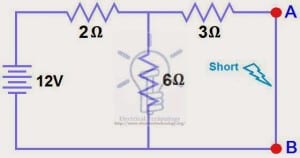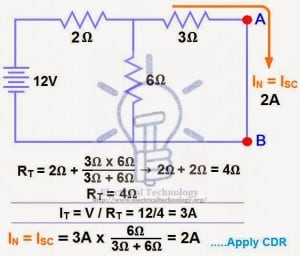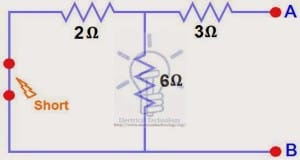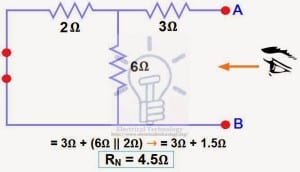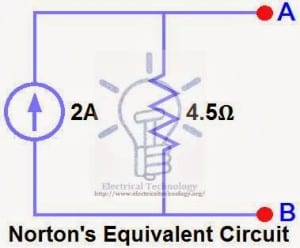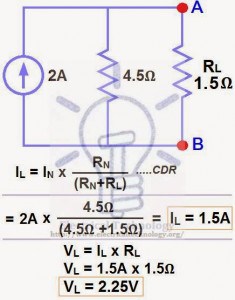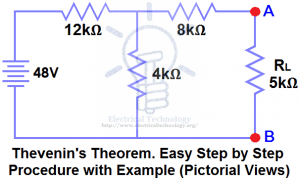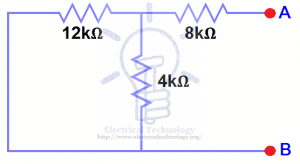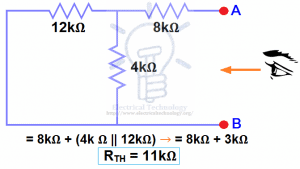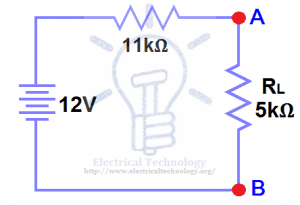The Maximum Power Transfer Theorem is not so much a means of analysis as it is an aid to system design. Simply stated, the maximum amount of power will be dissipated by a load resistance when that load resistance is equal to the Thevenin/Norton resistance of the network supplying the power. If the load resistance is lower or higher than the Thevenin/Norton resistance of the source network, its dissipated power will be less than maximum.
This is essentially what is aimed for in radio transmitter design , where the antenna or transmission line “impedance” is matched to final power amplifier “impedance” for maximum radio frequency power output. Impedance, the overall opposition to AC and DC current, is very similar to resistance, and must be equal between source and load for the greatest amount of power to be transferred to the load. A load impedance that is too high will result in low power output. A load impedance that is too low will not only result in low power output, but possibly overheating of the amplifier due to the power dissipated in its internal (Thevenin or Norton) impedance.
The Maximum Power Transfer Theorem states that the maximum amount of power will be dissipated by a load resistance if it is equal to the Thevenin or Norton resistance of the network supplying power.
The Maximum Power Transfer Theorem does not satisfy the goal of maximum efficiency.
Maximum Power Transfer Example No1.
 |
Where:
RS = 25Ω RL is variable between 0 – 100Ω VS = 100v |
Then by using the following Ohm’s Law equations:

We can now complete the following table to determine the current and power in the circuit for different values of load resistance.
Table of Current against Power
|
|
Using the data from the table above, we can plot a graph of load resistance, RL against power, P for different values of load resistance. Also notice that power is zero for an open-circuit (zero current condition) and also for a short-circuit (zero voltage condition).
Graph of Power against Load Resistance

